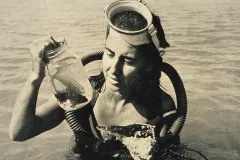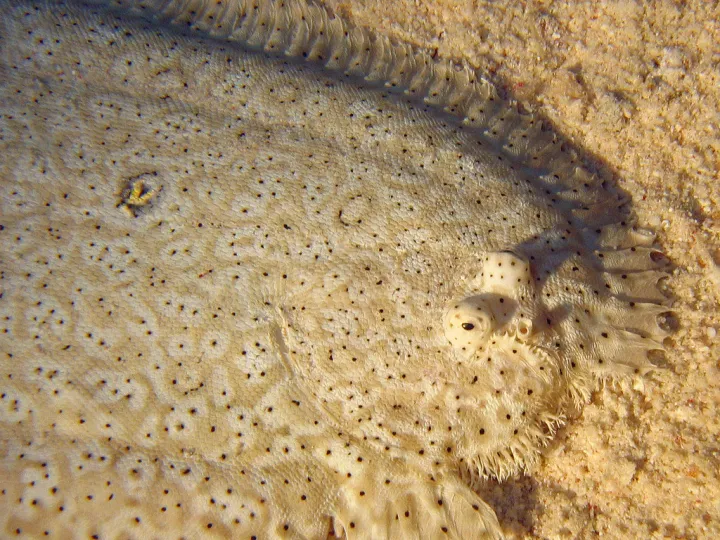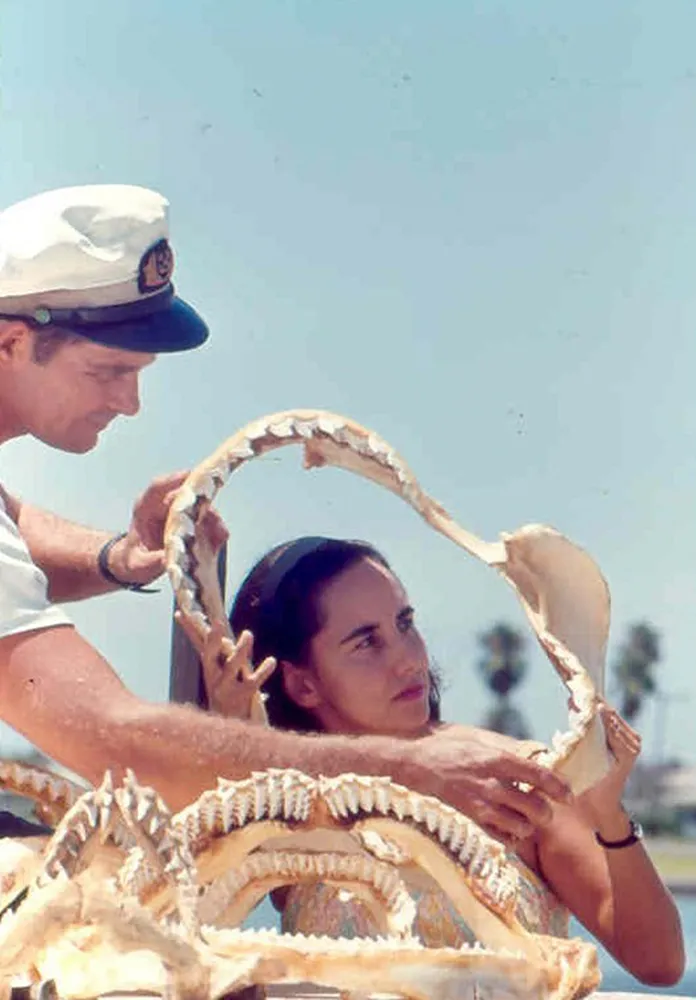Eugenie Clark - The Shark Lady

Eugenie Clark grew up spending her weekends at the aquarium. Her father died when she was two, so her mother had to get creative with babysitting. When Clark was around nine years old, her mother would drop her off at the New York Aquarium before heading to work at a newspaper stand. Wandering around the old aquarium, Clark developed a love for all things ocean and wished that she could swim with the sharks in the glass tanks.
As an adult, she brought this dream to life and conducted 72 submersible dives and countless more using Scuba gear, where she studied marine life, including sharks. She was one of the only ichthyologists, or fish biologists, of her time to study living specimens in this way.
While diving, Clark studied animal behavior and visited places very few people had explored, such as the Red Sea. There she discovered several fish species, including one that releases a natural shark repellant when threatened. Known as the Moses sole, the fish makes hungry sharks not only stop in their tracks, but then proceed to thrash their heads from side to side. Clark studied potential human uses for the repellant, but found that it would not be effective long enough to be useful in products like sunscreen.
The talks she gave about her experiences in the Red Sea fascinated audiences of all ages. People flooded conference rooms to hear her tales of the strange creatures she encountered. Clark wrote a book about her time in the Red Sea, called “Lady with a Spear.” The book inspired philanthropists Anne and William Vanderbilt to fund a small laboratory in Florida where Clark could conduct research, now known as Mote Marine Laboratory.
At the laboratory, Clark was able to further engage the public. She spent a good amount of time teaching about sharks, and tried to clear them of their bad reputation. She gave lectures to the public, taught at the University of Maryland, and even rode on the back of a 50-foot whale shark (we don’t recommend following her example on this one!). She didn’t slow down either, completing her last dive at 92 years old, the year before she died.
Her childhood curiosity led to a prolific lifelong career. Wandering the aquarium as a child, Clark didn’t know she would spend much of her life underwater, explore the depths of the Red Sea, or come face-to-face with “gangsters of the deep,” as she referred to sharks. Clark’s research changed the way we view sharks today, and her deep dives have given us insight into the world around us. Now young girls from around the world can press their noses up to glass aquarium tanks and gaze upon the several species of fish named after Eugenie Clark—fondly remembered as “The Shark Lady.”



